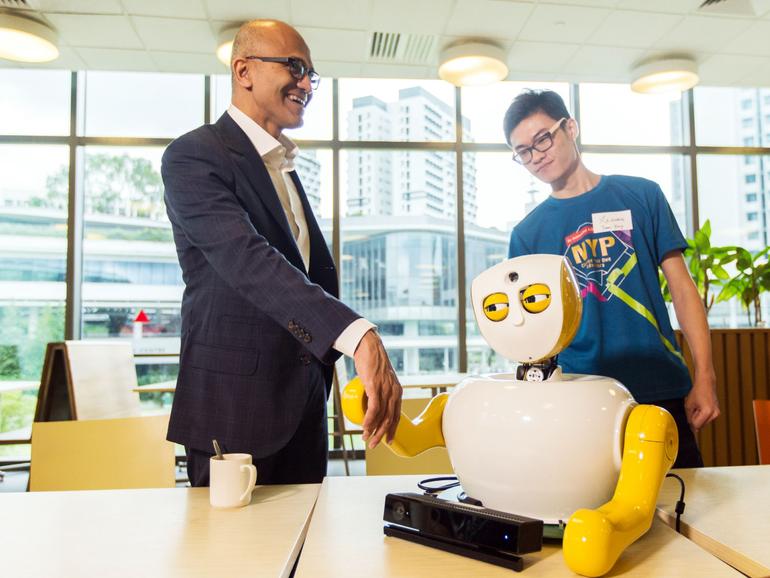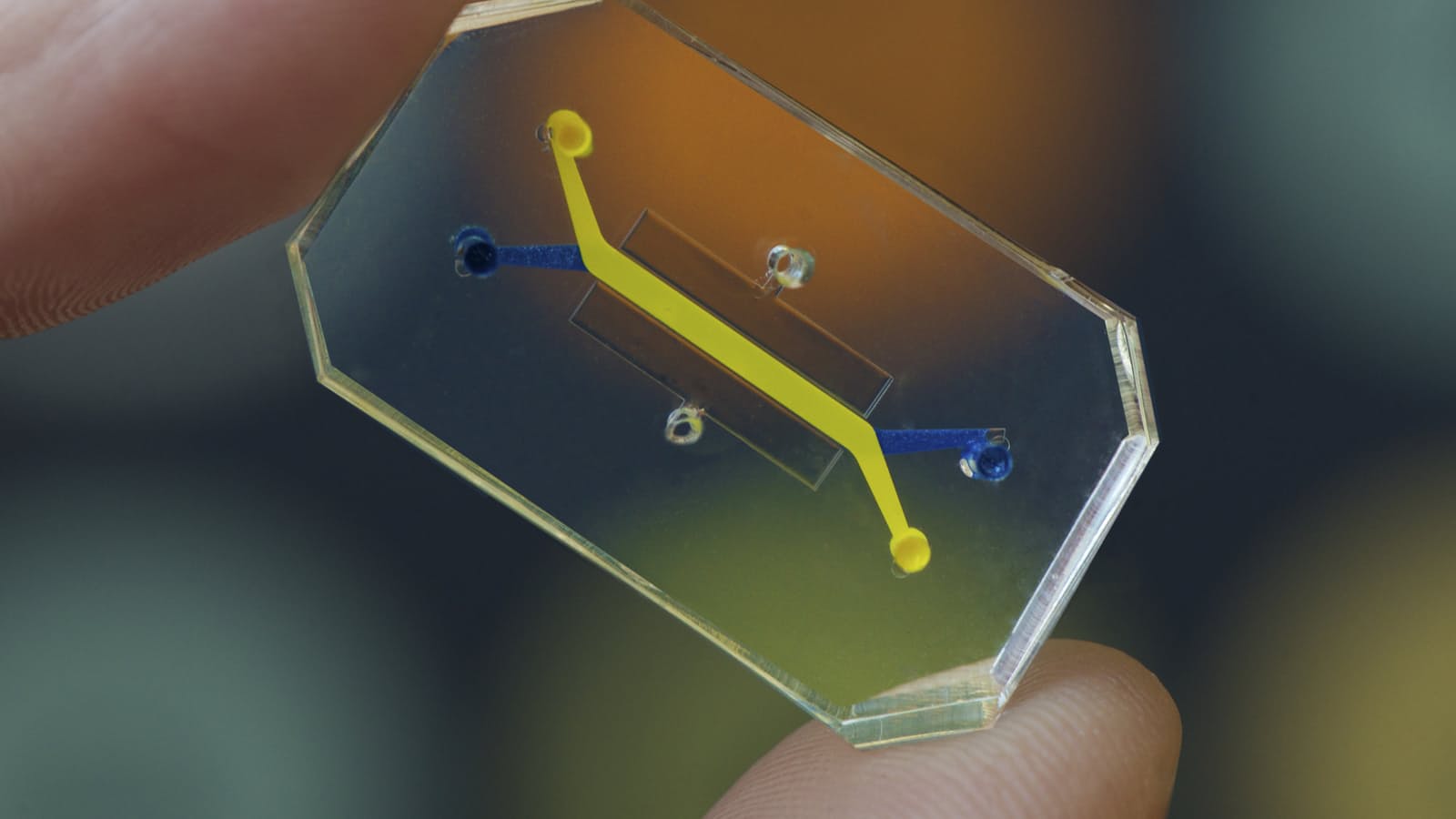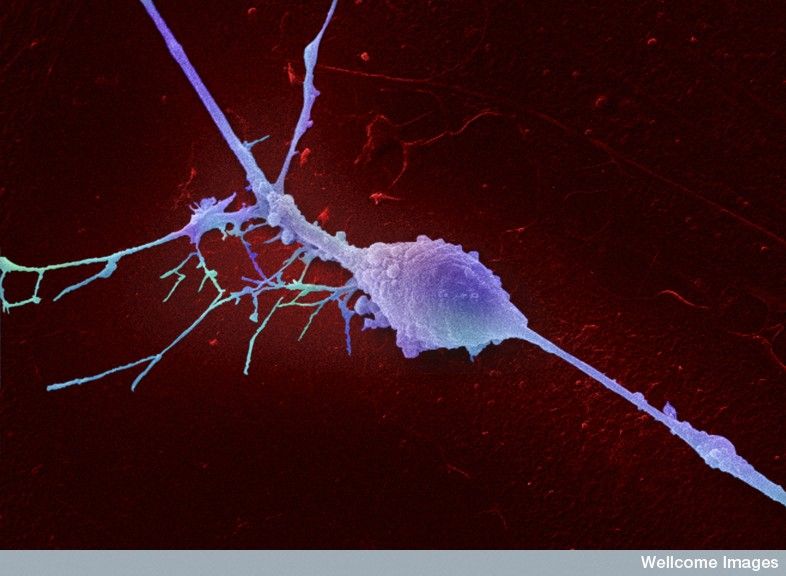My dream is coming true — Biocomputing with QC technology.
University of Maryland exploits redox molecules in E. coli to instruct the bacteria to swim or fluoresce based on electronic stimuli.



Biological engineers at Harvard University’s Wyss Institute for Biologically Inspired Engineering have invented a microchip that can be lined with living human cells in order to revolutionise medicine, particularly relating to drug testing, disease modelling and personalised medicine.
The ‘human organs-on-chip’ is a microchip made from a clear flexible polymer that contains hollow microfluidic channels that are lined with living human cells, together with an interface that lines the interior surface of blood vessels and lymphatic vessels, known as an endothelium.
The idea is that the microchip can emulate the microarchitecture and functions of multiple human organs such as the lungs, kidneys, skin, bone marrow, intestines and blood-brain barrier. And if you were able to do this, you could then test out drugs and study how diseases affect the body without having to endanger human patients, or waste precious organs needed for transplants.

Pathetic. This is truly a new low for Ransomware hackers.
MUNCIE — An Indiana cancer services agency says it will replace and rebuild its data after a computer hack demanding a ransom.
Cancer Services of East Central Indiana-Little Red Door in Muncie says it was hacked Jan. 11 and the hackers demanded a ransom of 50 bitcoins, or about $43,000, for access to its data.
Executive Director Aimee Fant says most of the agency’s data is in cloud storage and it will replace its server with a secure, cloud-based system. She says it won’t pay a ransom when all of its funds must go toward serving cancer patients and their families and preventative screenings, and it will be back up and running at full capacity by the end of the week.

Many who worked closely with me at Microsoft use to say I had a Crystal ball and was psychic; maybe I have met my match for a career — LOL.
A number of job adverts suggest that Facebook is taking social networking to a different level of science fiction.
The social networking giant has advertised for a Haptics Engineer, a Neural Imaging Engineer, a Signal Processing Engineer and a Brain-Computer Interface (BCI) Engineer – leading people to think Facebook is working on mind reading technology.
This is supported by each of the job descriptions. The roles are based in Facebook’s elusive ‘Building 8’ in California, where the team will “apply DARPA-style breakthrough development at the intersection of ambitious science and product development.”

But, the larger question remains as to how these individual dendrites and neuron outputs are used by the circuit and the brain as a whole. These findings are considerably different than sequences needing a group of neurons working in order and in a circuit. Even more unusual is the fact that (even young childrens’) brains are able to analyze and respond to information that is, in fact, so complex that the most advanced super computers cannot. Can individual cells do this as well?
Another new set of research shows that in a monkey brain, these responses of individual neurons are correlated somewhat with the final decision of the animal. This research used very limited visual information and showed that the final decisions of the animal using billions of neurons was perhaps relevant even to this small amount of information input given to individual cells.
It could be that the local neuron responded to the decision that was made by the larger circuits and brain. But, it doesn’t answer the question as to how the individual neuron relates to the brain.

Physicists at Princeton University have revealed a device they’ve created that will allow a single electron to transfer its quantum information to a photon. This is a revolutionary breakthrough for the team as it gets them one step closer to producing the ultimate quantum computer. The device is the result of five years worth of research and could accelerate the world of quantum computing no end.

Scientists at the University of Sydney have demonstrated the ability to “see” the future of quantum systems, and used that knowledge to preempt their demise, in a major achievement that could help bring the strange and powerful world of quantum technology closer to reality.
The applications of quantum-enabled technologies are compelling and already demonstrating significant impacts — especially in the realm of sensing and metrology. And the potential to build exceptionally powerful quantum computers using quantum bits, or qubits, is driving investment from the world’s largest companies.
However a significant obstacle to building reliable quantum technologies has been the randomisation of quantum systems by their environments, or decoherence, which effectively destroys the useful quantum character.
This is amazing.
In Brief

Although this was published last week; I got a request to share again for those who missed it.
While “product-market fit” may have become the mantra for many tech companies and investors, we believe there are still plenty of companies out there with their eyes set on building true game-changing technologies. In our Game Changers report, we identified 8 categories of innovation that could have the greatest impact on how we live. Among these is next-gen computing — specifically, quantum computers and DNA data-writing technologies, which have the potential to fast-track innovation across industries.
Quantum computers can solve real-world problems much faster than traditional computers — and their capacity is only increasing. Meanwhile, using synthetic DNA to store vastly more data than a typical chip has the potential to revolutionize computers’ memory capacity.
In our report, we identified 5 startups taking computing to the next level through quantum computing and DNA-based data writing. The top five next-gen computing game changers are Twist Bioscience, Rigetti Computing, Cambridge Quantum Computing, KnuEdge, and Optalysys. On the vanguard of computing research, many companies in the category are at the grant, seed, or Series A stage, with the notable exception of the later-stage DNA computer tech company Twist Bioscience.